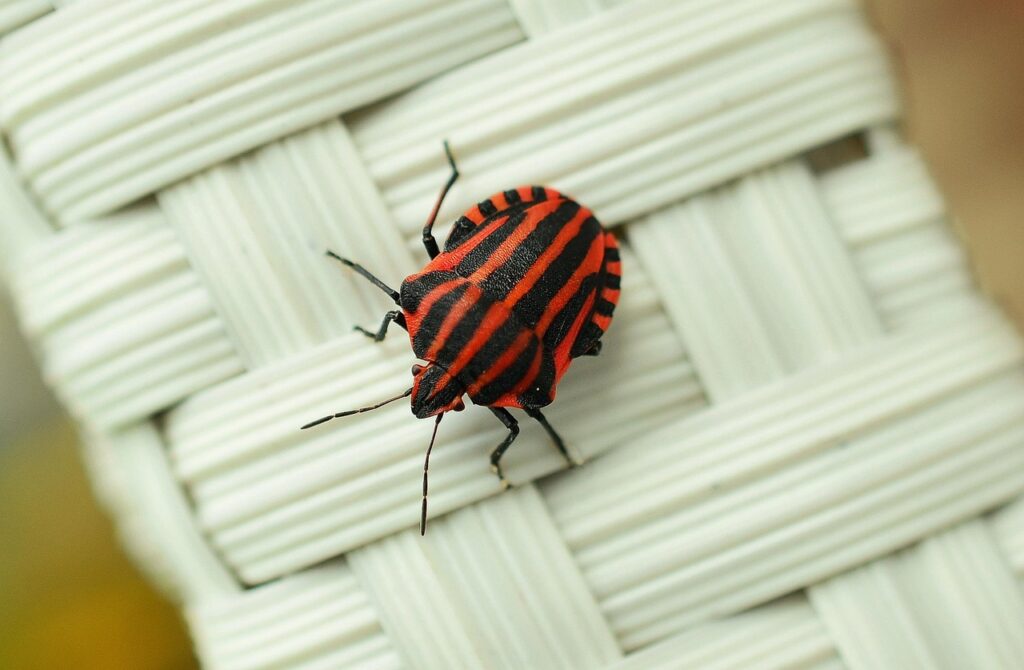Nature operates on a schedule so precise it would make a Swiss watchmaker jealous. While we humans struggle to remember daylight saving time, insects have mastered the art of seasonal timing with breathtaking accuracy. These tiny creatures follow internal calendars that sync perfectly with Earth’s rhythms, appearing and disappearing like clockwork year after year.
From the first warm days of spring to the final frost of winter, certain bugs emerge with such predictable timing that experienced naturalists can practically set their watches by them. This remarkable phenomenon isn’t just coincidence – it’s millions of years of evolution fine-tuning these creatures to capitalize on the perfect environmental conditions for survival and reproduction.
The Spring Awakening: Mayflies and Their Magnificent Emergence
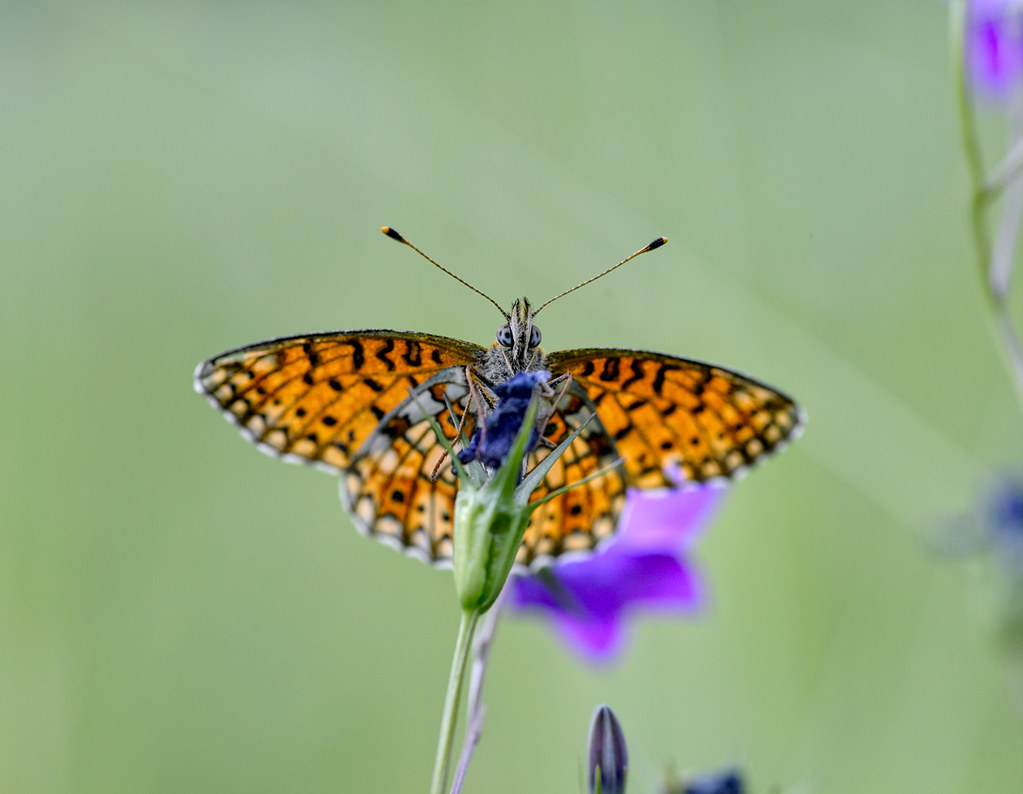
When spring temperatures consistently hit that magical 50-degree mark, mayflies begin their spectacular dance of life. These delicate insects spend up to two years as aquatic nymphs, but their adult lives last mere hours to a few days at most. The timing of their emergence is so precise that entire communities gather to witness these “hatches” that can turn riversides into clouds of fluttering wings.
Mayflies use a combination of water temperature, daylight duration, and atmospheric pressure to trigger their synchronized emergence. This biological timing system is so accurate that fly fishermen plan their entire seasons around these predictable events. The insects’ brief adult lives serve one purpose: reproduction, and their clockwork appearance ensures the species continues its ancient cycle.
Summer’s Buzzing Symphony: Cicadas and Their 17-Year Schedule
Perhaps no insect demonstrates seasonal timing more dramatically than the periodical cicada. These remarkable creatures spend 17 years underground, emerging in numbers that can reach 1.5 million per acre when conditions are just right. The soil temperature must hit exactly 64 degrees Fahrenheit at a depth of eight inches – a measurement so precise it seems almost impossible for insects to detect.
What makes cicadas truly extraordinary is their ability to count years. Scientists believe these insects use a combination of tree root cycles and internal biological clocks to track time underground. When their synchronized emergence finally occurs, the noise can reach 120 decibels – louder than a rock concert – creating one of nature’s most overwhelming sensory experiences.
The Autumn Invasion: Stink Bugs Seeking Winter Shelter
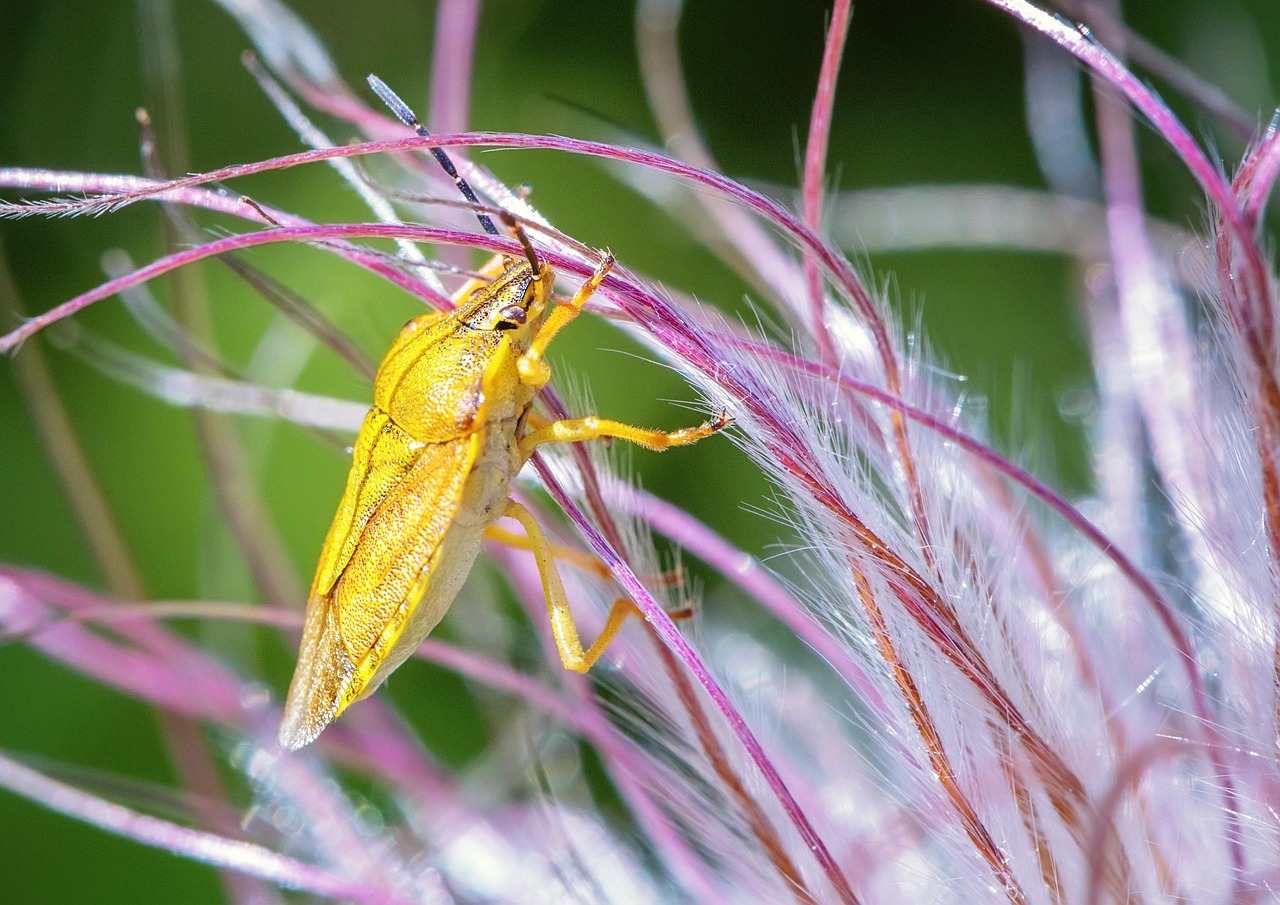
As daylight hours shorten and temperatures drop below 60 degrees, brown marmorated stink bugs begin their predictable invasion of human dwellings. These shield-shaped insects follow an internal compass that guides them to warm, protected spaces for winter survival. Their timing is so consistent that pest control companies can predict their activity weeks in advance.
The stink bug’s seasonal behavior is triggered by photoperiod – the length of daylight hours – rather than temperature alone. This explains why they start seeking shelter even during warm autumn days, somehow knowing that winter is approaching. Their clockwork precision has made them one of the most predictable seasonal pests, appearing in homes with almost calendar-like regularity.
Winter’s Hardy Survivors: Snow Fleas Defying the Cold
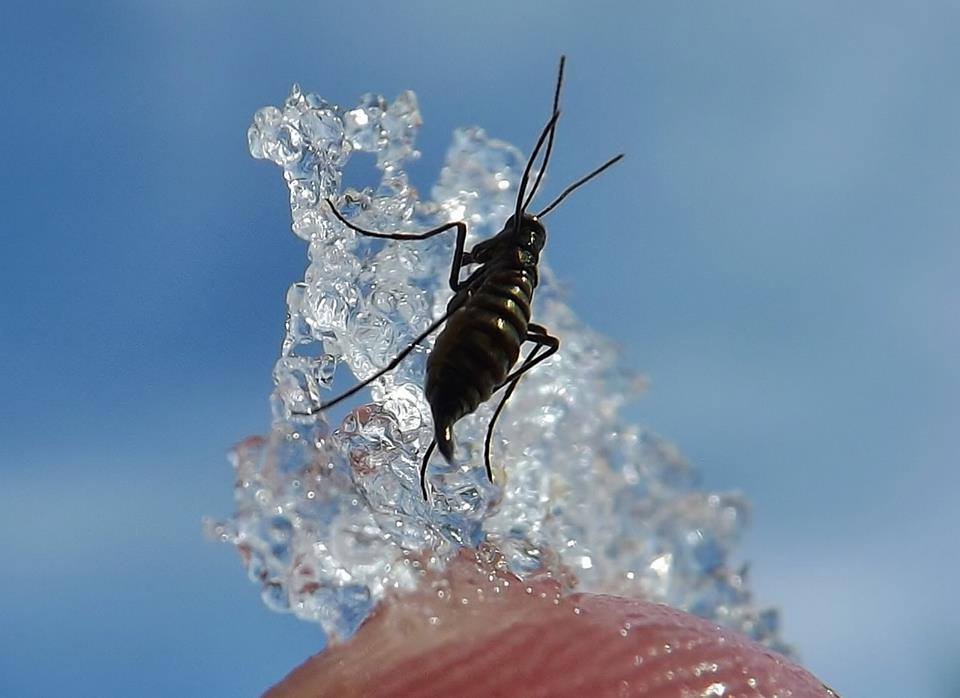
When snow covers the ground and most insects have disappeared, tiny dark specks begin appearing on snow surfaces during mild winter days. These “snow fleas” aren’t actually fleas at all, but springtails – primitive insects that thrive in cold conditions that would kill most other bugs. They emerge from leaf litter when temperatures hover around freezing, creating moving carpets on snow that seem to defy winter’s grip.
Snow fleas have antifreeze proteins in their bodies that prevent ice crystal formation, allowing them to remain active in conditions that would be lethal to other insects. Their appearance is triggered by subtle temperature changes and moisture levels that signal optimal conditions for feeding and reproduction. This remarkable adaptation makes them one of the few insects that can truly be called winter specialists.
The Carpenter Ant’s Springtime Awakening
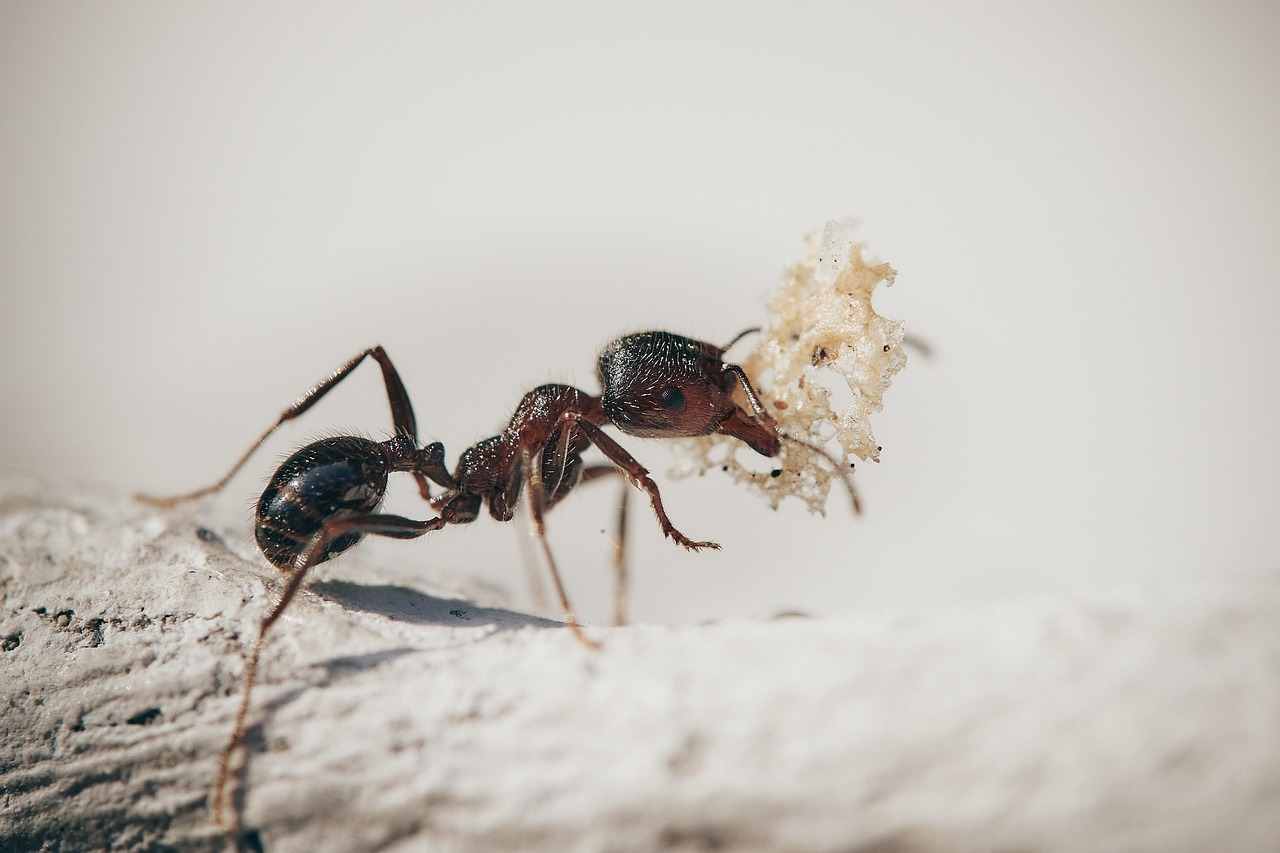
As soil temperatures rise above 50 degrees and daylight hours increase, carpenter ants begin their seasonal emergence from winter dormancy. These large black ants follow an internal biological clock that synchronizes their activity with the availability of food sources and optimal weather conditions. Their appearance is so predictable that homeowners can almost mark their calendars for when these wood-boring insects will start their annual home inspections.
Carpenter ants use a combination of temperature, humidity, and chemical cues to determine when to break their winter fast. Their colonies operate like well-oiled machines, with scouts emerging first to assess conditions before the main workforce follows. This systematic approach to seasonal timing has made them highly successful at colonizing new territories and finding food sources.
The Woolly Bear Caterpillar’s Autumn Marathon
When autumn leaves begin to fall and temperatures drop consistently below 70 degrees, fuzzy brown and black woolly bear caterpillars start their famous cross-country journeys. These future Isabella tiger moths follow an internal migration schedule that’s remarkably consistent from year to year. Their timing is so precise that folklore has long associated their appearance with winter weather predictions.
The woolly bear’s seasonal behavior is controlled by decreasing daylight hours and temperature changes that trigger their search for overwintering sites. These caterpillars can survive being frozen solid, thanks to specialized proteins that act as natural antifreeze. Their clockwork autumn appearance has made them one of the most recognizable seasonal insects in North America.
The Mysterious Timing Mechanisms Behind Insect Clocks
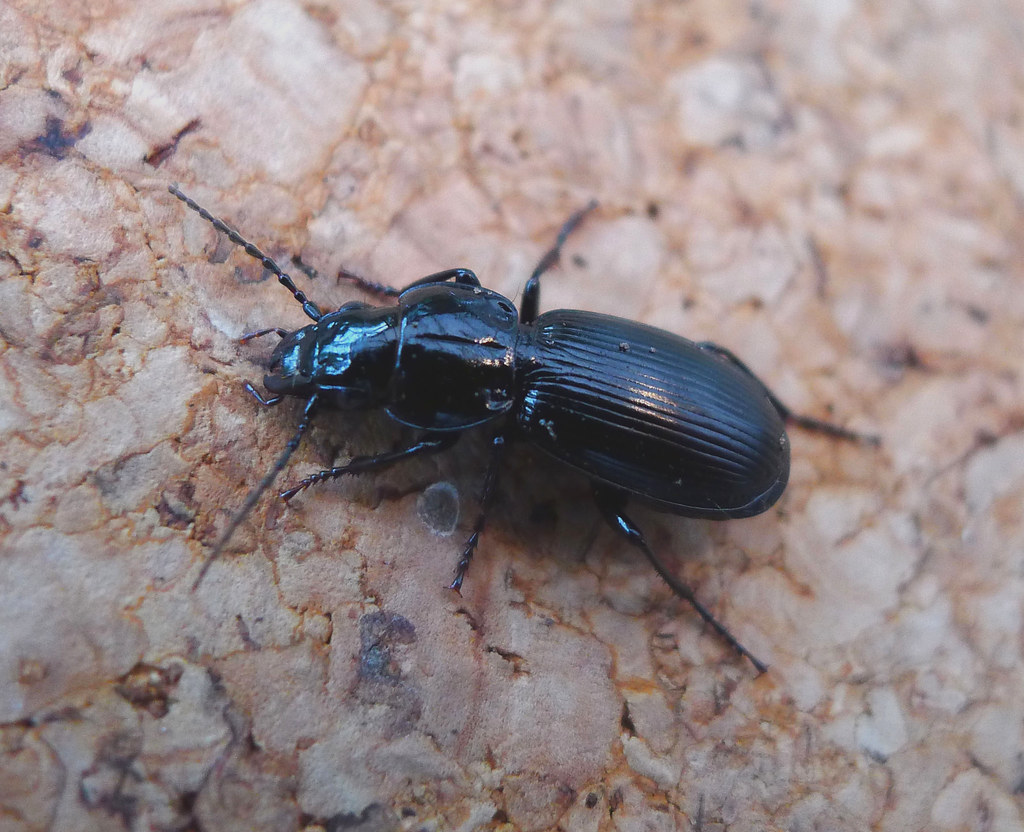
Scientists have discovered that insects use sophisticated biological timing systems that rival the most advanced human technology. These internal clocks, called circadian rhythms, are controlled by specific genes that respond to light, temperature, and other environmental cues. The precision of these systems is so remarkable that they can track not just daily cycles, but seasonal and even multi-year patterns.
Research has shown that insects can detect incredibly subtle changes in their environment – temperature variations of just a few degrees, changes in day length measured in minutes, and even atmospheric pressure shifts that precede weather changes. This sensitivity allows them to time their activities with the precision that has fascinated scientists for decades.
Environmental Triggers: The Orchestra of Seasonal Signals
The seasonal appearance of insects isn’t controlled by just one factor, but by a complex symphony of environmental triggers working in harmony. Temperature, daylight duration, humidity, atmospheric pressure, and even magnetic fields all contribute to the precise timing of insect emergence. These creatures have evolved to read multiple environmental cues simultaneously, creating a fail-safe system that ensures their survival.
Climate change is beginning to disrupt these ancient timing systems, causing some insects to emerge earlier or later than historical patterns. This shift can have dramatic consequences for ecosystems, as the delicate balance between insects and their predators, prey, and food sources becomes misaligned. The clockwork precision that has served insects for millions of years is now facing unprecedented challenges.
The Role of Temperature in Insect Seasonal Behavior

Temperature acts as the primary conductor of the insect seasonal orchestra, with many species responding to incredibly specific thermal thresholds. Degree-day accumulation – the mathematical calculation of temperature over time – determines when insects will emerge, reproduce, and seek shelter. This thermal calendar is so precise that scientists can predict insect activity with remarkable accuracy.
Different insects have evolved to respond to different temperature ranges, creating a seasonal succession that prevents competition and maximizes survival opportunities. Some species require sustained warm temperatures, while others respond to brief thermal windows or even cold snaps. This temperature-driven timing system has created the predictable patterns that make seasonal insect watching so rewarding.
Photoperiodism: How Insects Track Day Length
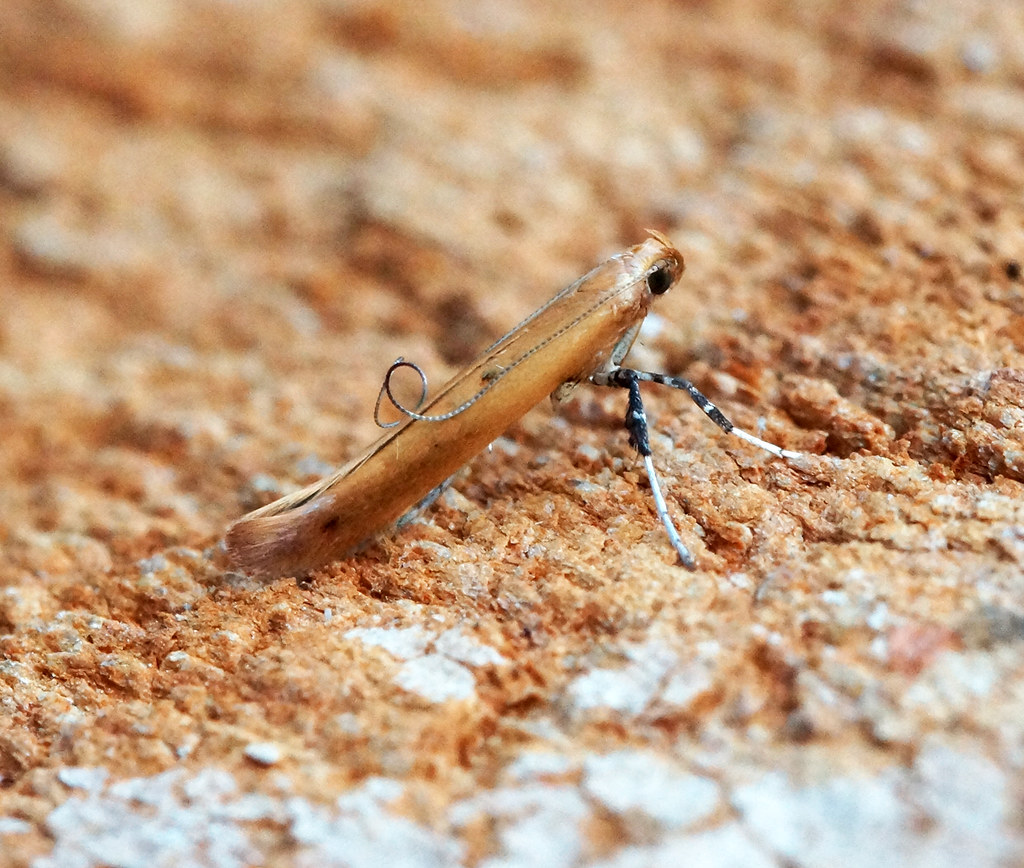
Many insects possess internal light-sensing mechanisms that can detect changes in day length with incredible precision. This photoperiodic response allows them to anticipate seasonal changes weeks or even months in advance. The system is so sophisticated that insects can distinguish between natural sunlight and artificial lighting, responding only to the specific wavelengths and intensities of solar radiation.
Photoperiodism explains why some insects begin preparing for winter during the hottest days of summer, and why others start mating behavior when day length reaches specific thresholds. This biological clock system is remarkably consistent across different geographical locations, though insects at different latitudes may respond to slightly different photoperiods.
The Impact of Climate Change on Insect Timing
Rising global temperatures and shifting weather patterns are disrupting the clockwork precision that has governed insect seasonal behavior for millennia. Many species are emerging earlier in spring, extending their active seasons, or appearing in regions where they were previously unknown. These changes can have cascading effects throughout ecosystems, affecting pollination, food webs, and agricultural systems.
Scientists are documenting cases where insects are falling out of sync with their traditional food sources or natural enemies, creating ecological imbalances that can have far-reaching consequences. The study of these timing disruptions has become crucial for understanding and predicting the broader impacts of climate change on natural systems.
How Insects Survive Between Seasons
The seasonal disappearance of insects is just as precisely timed as their appearance, with each species having evolved specific survival strategies for unfavorable conditions. Some insects migrate to warmer climates, while others enter diapause – a state of suspended development that allows them to survive harsh conditions. These survival mechanisms are triggered by the same environmental cues that control seasonal emergence.
Understanding these survival strategies helps explain why certain insects appear with such predictable timing year after year. The creatures we see emerging in spring may have been waiting underground, in tree bark, or in other protected locations for months, following internal schedules that ensure their emergence coincides with optimal conditions for survival and reproduction.
The Future of Seasonal Insect Watching
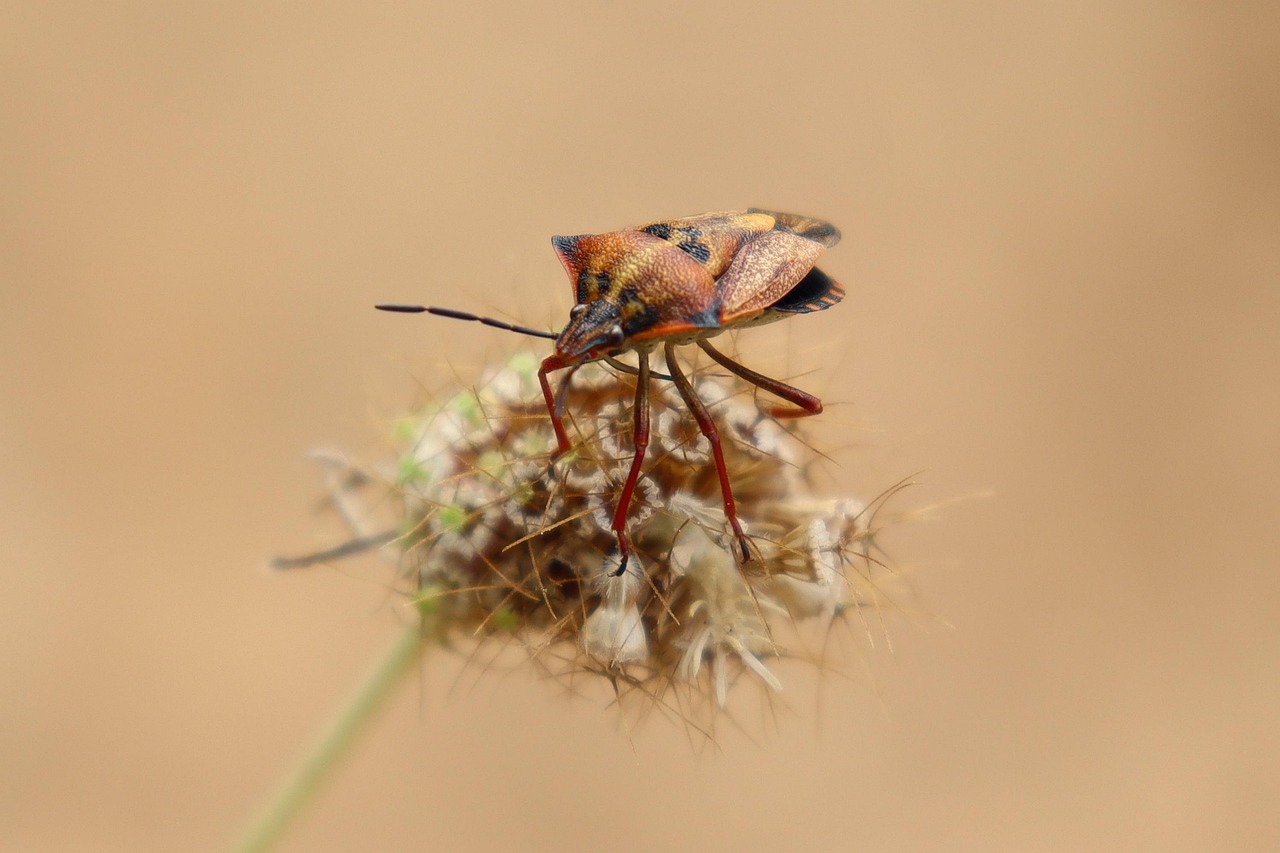
As climate patterns continue to shift, the traditional seasonal calendar of insect appearances may become increasingly unpredictable. This presents both challenges and opportunities for nature enthusiasts and scientists who study these remarkable creatures. New technologies, including citizen science apps and automated monitoring systems, are helping researchers track changes in insect timing patterns with unprecedented detail.
The ability to predict and understand insect seasonal behavior remains crucial for agriculture, pest management, and ecosystem conservation. As we face an uncertain environmental future, the study of these tiny timekeepers may provide valuable insights into how life adapts to changing conditions. The clockwork precision of insect seasonal behavior continues to amaze and inspire, reminding us of the intricate connections that bind all living things to the rhythms of our planet.
Conclusion: Nature’s Perfect Timing
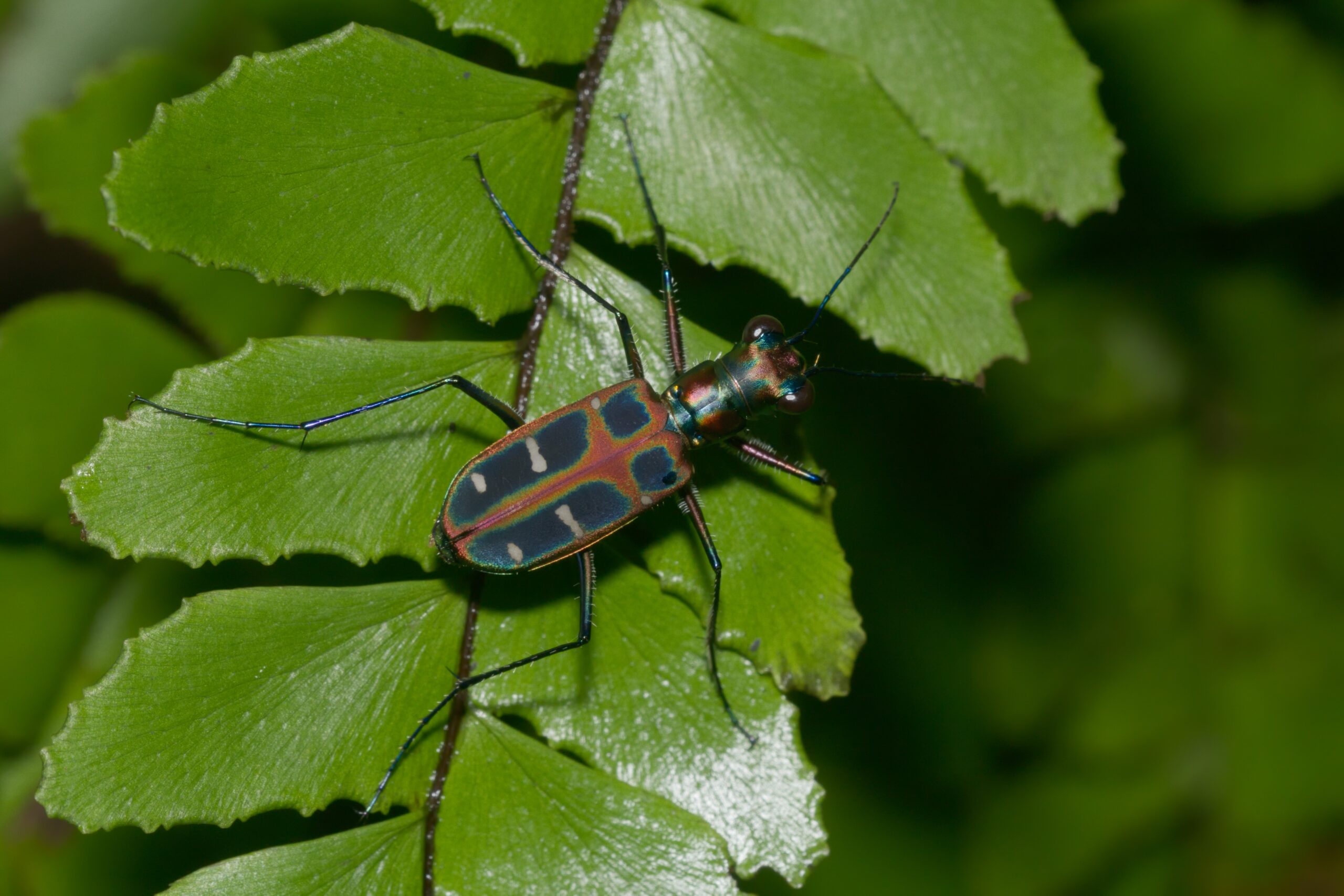
The seasonal appearance of insects represents one of nature’s most remarkable achievements in biological timing. These tiny creatures have mastered the art of synchronization with Earth’s rhythms, appearing and disappearing with a precision that spans millions of years of evolution. From mayflies emerging on warm spring evenings to woolly bear caterpillars crossing autumn roads, these predictable patterns connect us to the deeper rhythms of the natural world.
As we face an era of rapid environmental change, understanding and appreciating these seasonal cycles becomes more important than ever. The clockwork precision of insect emergence serves as both a window into the complexity of natural systems and a reminder of how delicate these ancient timing mechanisms can be. Each seasonal appearance tells a story of adaptation, survival, and the extraordinary ability of life to find its perfect moment in time.
Next time you witness the sudden appearance of seasonal insects, take a moment to appreciate the incredible biological clockwork that makes their timing possible. Have you ever wondered what other seasonal secrets these tiny timekeepers might reveal?

